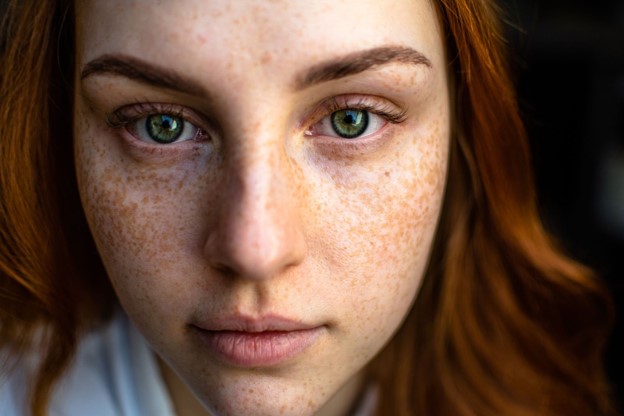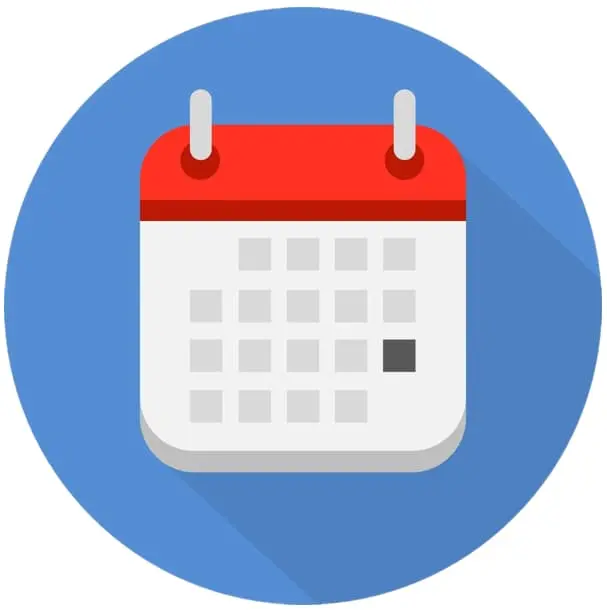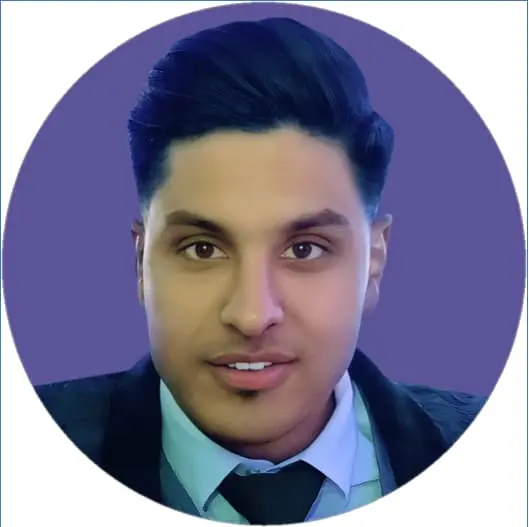A Guide To Face & Body Acne: Signs, Symptoms & Treatments

Content by

Last Updated
Struggling with face and body acne?
Buy acne treatment online from a UK registered pharmacy
Table of Contents
Pimples, blackheads and other forms of acne are very common on the face, but can occur anywhere on the body. Some people with severe or long-term acne experience breakouts in many places at once. The best treatment for acne will depend on many factors, including its location, underlying cause and severity. See our treat acne section at the end of this article for more details. Continue reading for our detailed guide to face and body acne.
Body Acne
Acne breakouts develop when sweat, dead skin cells, oil or other debris clog the pores in the skin. Bacteria and even fungus can also get into the pores and cause acne.
Some individuals may experience body breakouts as a result of "acne mechanica". This is a type of breakout where acne occurs in response to damage or external factors, such as:
- Friction
- Heat
- Irritation
- Pressure
While acne commonly develops on the face, it can occur almost anywhere on the body, including the:
- Back
- Bum
- Chest
- Shoulders
- Arms
Acne is less common on the legs, hands, and feet but the occasional pimple can still form.
Acne often begins during puberty. Some hormones associated with puberty cause the sebaceous glands in the skin to produce too much sebum oil, which can clog the pores and lead to body acne.
Some parts of the body are more prone to sweat or oiliness, or may be covered by clothing or long hair, making them likely spots for breakouts.
Types of Acne
Acne comes in various forms and can show up in many different places. From blackheads to cystic acne, understanding the different types can help in choosing the right treatment and improving skin condition and overall health.
Back Acne
Back acne, often called ‘bacne’, can be uncomfortable and difficult to treat because of its hard-to-reach location.
The back is often covered and sweats more than other parts of the body, making it more prone to breakouts.
People can generally target back acne with lifestyle changes like showering right after exercise, avoiding wearing backpacks and wearing breathable clothing. On occasion, lifestyle changes alone may not be enough to combat this form of acne.
For more information on back acne, see our dedicated ‘How To Get Rid Of Back Acne’ article that discusses this acne condition in greater detail including, causes and treatments.
Bum Acne
Bum acne has different causes and treatments to many other types of body acne. It usually occurs due to a type of bacteria called Staphylococcus aureus. Staph bacteria are naturally occurring bacteria that live on the skin, only causing problems when they break through the skin’s surface.
When this bacteria infects a hair follicle on the bum, it causes folliculitis. It can also form around the crotch and genitals.
Folliculitis looks the same as acne — the inflamed bumps are filled with pus. If the infection worsens, it can cause a boil to form.
Most cases of bum acne go away over time or with at-home care, such as regularly cleaning and showering after exercise. Medical treatments that contain antibiotics, such as Acnecide 5% gel or Acnecide Wash, can also help.
Chest Acne
The chest is a common location for acne as it is often covered up, which can trap both sweat and sebum oil. People who sweat a lot, or who wear tight clothing or bras during exertion, may find they are more prone to chest acne.
Acne Treatments that fight oily skin can help prevent chest acne. These include Duac Gel and Epiduo Gel.
Read more about the best treatments for chest acne in our in-depth ‘How To Get Rid Of Chest Acne’ guide.
Shoulder Acne
Both acne vulgaris and acne mechanica can affect the shoulders. However, acne mechanica may be more common if a person:
- Wears a backpack or purse for long periods
- Sleeps on pillows washed in irritating detergents or made of a scratchy fabric
- Wears tight, non-breathable clothing, particularly during exercise
These types of damage trigger the skin to produce too much sebum oil, which then clogs the pores.
If simple lifestyle changes do not help, there are many over-the-counter treatments that can.
Acne On The Arms
Acne is less common on the arms, as they do not sweat as much as other parts of the body.
Acne can form on the arms if a person touches their arms frequently, layering on bacteria and oil.
Sun exposure and heat trapped under tight clothing can also trigger too much sebum oil production and lead to acne on the arms.
Washing your hands more often and avoiding touching the arms regularly can help prevent acne. Duac Gel and Epiduo Gel and products containing zinc can also reduce oil on the skin.
When it is unclear whether the bump is a pimple or type of acne, it is best to speak to a doctor, dermatologist or your pharmacist. Here at Chemist Click, our team of trained pharmacists are available online to help and advise which is the best acne treatment for you.
Facial Acne
Facial acne is the most common place for acne to form. Regardless of where on the face it occurs, it is still most likely due to excess oil and dead skin cells clogging the pores. Acne on the face does not only affect teens with it common for adults to experience adult acne. A gentle cleanser can help treat mild face acne. You can also try over-the-counter acne products, such as creams, lotions, or gels.
These clogged pores can develop into blackheads and whiteheads. If bacteria also get into the pores, papules and pustules can form (these are most commonly called ‘pimples’). Cysts and nodules, which develop below the skin’s surface and can leave scars, can also form on the face. Most acne
In the section below, read about how and why different regions of the face get acne, as well as the possible treatments.
Scalp Acne
Scalp acne can form when the hair follicles on the scalp get clogged with oils and dead skin cells. Sometimes, fungus or bacteria can also be the root cause.
Pimples on the scalp may be itchy and difficult to leave alone due to the discomfort. They may become sore or scab over.
Scalp acne is more common around the hairline. Antibacterial treatments, such as Treclin Gel, are often the first line of treatment.
Forehead Acne
Forehead acne is common in people with oily skin. It can also be exacerbated by tiny flakes of yeast that fall from the hairline, leading to a type of itchy outbreak called pityrosporum folliculitis. Most people with pityrosporum folliculitis also have oily skin.
People who are self-conscious may try to hide forehead acne with a fringe or by frequently wearing hats, but this can make it worse by trapping dirt and sweat on the skin.
Using a retinoid product, such as Differin Gel, can help clear away dead skin cells on the forehead and prevent acne from forming.
Chin Acne
Acne on the chin and jawline is often linked to fluctuating hormone levels.
Having a beard, wearing a face mask or playing a musical instrument that sits near the mouth or chin can contribute to chin acne. Having certain hormonal conditions, such as polycystic ovary syndrome, may also make a person more prone to these outbreaks.
Since hormone fluctuations increase oil production, the best line of treatment is a product that reduces oil, such as Zineryt lotion or gels containing benzoyl peroxide.
Acne on Cheeks
Developing acne on the cheeks is less common, as this area does not usually get as oily as other parts of the face.
If a person develops pimples or other types of acne on the cheeks, it is wise to look first at environmental causes. These culprits could include:
- Irritating fabrics, such as pillowcases or face masks
- Harsh soaps, creams and makeup
- Prolonged phone use
If cheek acne is accompanied by flushing or increased sensitivity, it is best to speak to a doctor. There could be a different underlying issue, such as acne rosacea.
Acne Around the Mouth
Wearing makeup, coming into contact with irritants and frequently touching the skin around the mouth are common reasons why acne develops in this area.
Like with other areas of the face, acne around the mouth can also be due to hormonal fluctuations.
If moderate lifestyle changes such as avoiding makeup and switching to non-irritating fabrics do not help, there are plenty of medical treatments that can.
If the root cause is hormonal, the first line of treatment may be a gel containing benzoyl peroxide such as Acnecide 5% Gel or Duac Gel amongst others. See our acne treatment section to see our full list of acne treatments that contain benzoyl peroxide.
Neck Acne
While hormones are one possible cause of neck acne, this area is also prone to acne for a variety of other reasons.
Causes of neck acne can include:
- Hair touching the neck
- Not washing the neck often enough
Wearing sports equipment or clothing that touches the neck, such as a helmet or scarf - Wearing necklaces, particularly those made of plastic or non-hypoallergenic metals
- Using a dull razor or too little shaving cream while shaving the neck
Frequently washing the face and neck and ensuring no clothing or hair is trapping oils on the skin may help reduce acne in this area.
When these preventative strategies do not work, there are a variety of over-the-counter and prescription remedies that can.
For more information about face acne, take a look at our dedicated 'Acne Face Map' guide.
Best Acne Products
The best product to get rid of body acne depends on several factors, including the underlying cause of the breakouts, their location and severity.
The active ingredients in these products are one or a combination of the following:
- Retinoids (Differin Gel): Retinoids, such as adapalene, exfoliate the skin and remove dead skin cells. Products containing retinoids include
- Benzoyl peroxide (Acnecide 5% Gel, Duac Gel, Epiduo Gel): Benzoyl peroxide reduces bacteria on the skin.
- Tretinoin (Treclin Gel): tretinoin is similar to a retinoid, but is actually a retinoic acid.
- Azelaic and salicylic acid: These acids kill bacteria and get rid of dead skin cells. They are both common ingredients in over-the-counter treatments.
- Antibiotics (Zineryt Lotion, Duac Gel): Topical antibiotics, such as clindamycin, also help fight bacteria on the skin.
If lifestyle changes and over-the-counter solutions do not help, it is best to speak to a doctor. Possible prescription treatments a doctor might recommend include:
Contraceptive Pills
For female patients, a doctor may prescribe certain types of the contraceptive pill (birth control pills). Popular contraceptive pills that double up as acne treatments include Co-Cyprindiol and the Dianette Pill. They may recommend taking these hormonal pills on their own or in combination with antibiotics, depending on the severity of the acne. Progesterone-only pills and IUDs can sometimes make acne worse, however.
Please note, never take any medication without first consulting a medical professional who will be able to assess the best acne treatment for you.
Isotretinoin
Isotretinoin is very effective against acne but has serious side effects. It works by reducing swelling, slowly sebum oil production and fighting bacteria. Since the side effects can be severe, people taking isotretinoin will require a doctor’s supervision.
Removal
People should never try to pick or remove a pimple, cyst or other acne spot at home. A dermatologist can remove large or very painful cysts by draining them with sterile tools or injecting them with a corticosteroid.
Low-dose Prednisone
Prednisone is a corticosteroid that can treat a severe form of body acne called ‘acne fulminans’. Acne fulminans typically affect the back and chest.
Buying Acne Treatments
Order prescription or over-the-counter acne treatments online with Chemist Click’s registered service. In order to do so, you will be required to take part in a short consultation process with one of our pharmacists who will be able to recommend the best skin care for you. Once completed, your acne medication will be swiftly dispatched to you with next-day delivery available.
Whilst all of our content is written and reviewed by healthcare professionals, it is not intended to be substituted for or used as medical advice. If you have any questions or concerns about your health, please speak to your doctor.
